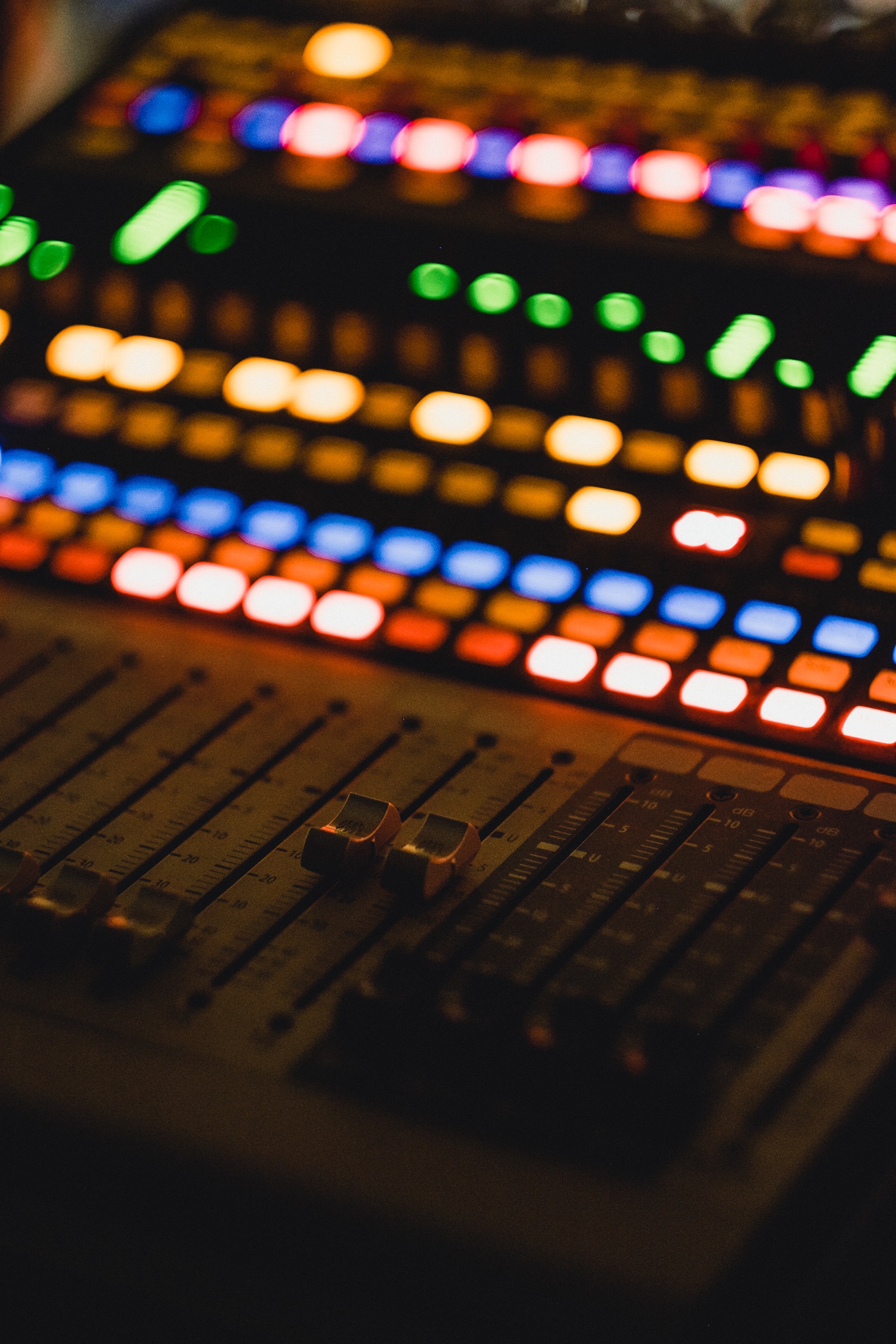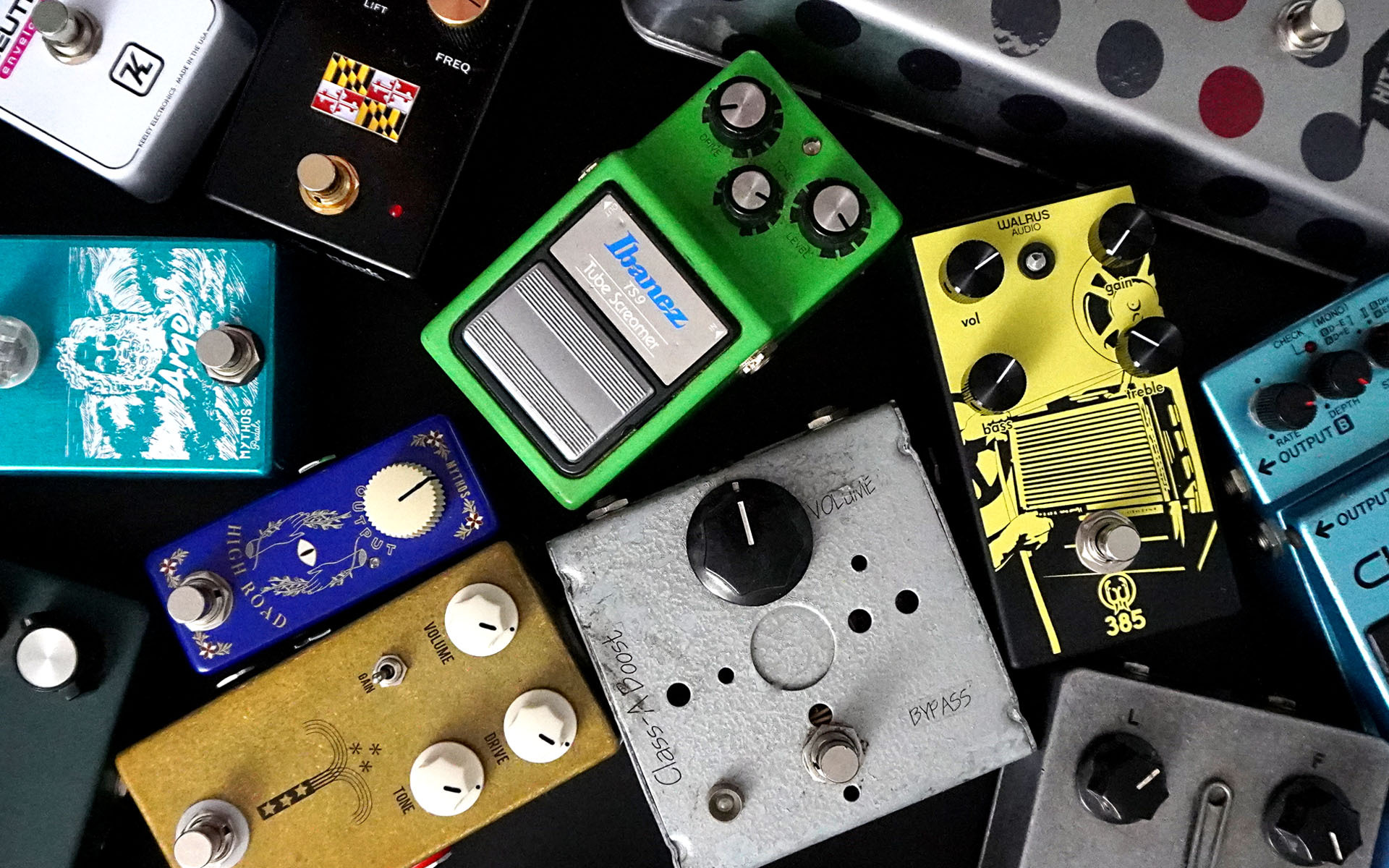Here’s a common mistake I see over and over: producing and mixing a track with a gain maximizer on your mixer’s main output. Examples of gain maximizers are the L3 Ultramaximizer by Waves, the Ozone Maximizer by iZotope, Maxim in Pro Tools, or the MClass Maximizer in Reason. These devices are designed to limit a signal’s peaks and then automatically optimize the output (called automatic gain makeup), in relation to a given threshold, to a specific level you’ve set (such as 0 dB, or –0. 2 dB). Or, to put it in simpler terms, to make your audio sound as loud as possible.
TAKE A BERKLEE ONLINE COURSE WITH ERIK HAWK!
If you don’t realize that you’re working through a gain maximizer, you’re probably thinking that your production sounds wonderfully loud and full. Indeed, some software programs actually feature default templates with a maximizer on the mixer’s main output (such as Reason or FL Studio). This is a great sales pitch, since it makes your track sound totally bombastic, but it’s not reality. The reality is that if you bypass the maximizer you’ll most likely discover that you’re clipping (exceeding 0 dB) your main output, badly. It’s only because of the maximizer that you can’t see or hear your woefully out of balance gain structure. Instead, the clipping is being rounded out by the maximizer’s brick-wall limiter algorithm in order to sound more palatable to your ear. But, the clipping is still there, your overdriven mixer channels are still there, your poor gain structure is still there; and ultimately this will transfer into your mix down.
As a dramatic example, I often demonstrate this mistake in Reason. With the default Mastering Combinator inserted on the mixer’s main output, I create a Dr. Octo REX, press Play, and then turn up all the levels to the max: Dr. Octo’s Master Level, the mixer channel’s level, and the mixer’s Master Fader. It sounds fine and there’s no clipping indicated on the Audio Output Clipping Indicator on the Transport Bar. But, then, I Bypass the Mastering Combinator and the Clip Indicator immediately illuminates, and stays on nonstop. In fact, in this extreme example you can actually hear the clipping, and this is difficult to do in Reason because its main outputs seem to be pretty forgiving even when you’re seeing the Clip indicator.
So, now, the obvious question is, if everything sounds fine with a maximizer on my main output why should I care? There are a few reasons why it’s not a good idea to produce and mix with a sonic maximizer on your main output:
- Just because you can’t see or hear the clipping doesn’t mean it’s not there. And, if it’s there, then when you master your mix all you’re doing is trying to smooth out the clips. You’re gain maximizing your entire mix, clips included, and this can only lead to an inferior sounding master (i.e., unintentional distortion in your mix).
- If the maximizer is trying to turn up, or turn down, your signals for optimum loudness, then whenever you adjust a level or EQ a signal in your mix the maximizer is automatically countering your move. Consequently, you won’t have the full dynamic range to work in, you’ll be limited to the dynamic range that the maximizer is setting for you. With the maximizer countering every move you make in the mix you aren’t really hearing your work. Talk about counterproductive.
- As a rule, maximizers are serious processor hogs. Think about it, they have to look ahead at the digital signal and adjust every upcoming peak according to their Threshold and Gain Output settings. So, with a maximizer inserted on your main output, can you imagine how much latency you’re introducing? The answer is, a lot, in the thousands of samples. Just try monitoring a live signal (such as a vocal or guitar) through a maximizer inserted on your main output and you’ll immediately hear what I’m talking about. It’s a disturbing amount of latency and there’s no reason to be fighting for processor resources when all you have to do is delete the maximizer from your signal path. (When you’re mastering, this sort of latency on your main output isn’t an issue.)
- If you’re already slamming your mix through a maximizer, you’ve pegged 0 dB, and everything is as loud as it can possibly be with hardly any dynamics left in your mix, what’s left for a mastering engineer to do? The answer is, not much. If you’re serious about releasing your music, leave some dynamics in your mix for a mastering engineer to work with.
Having said all this, I think it’s a great idea to fine tune your mix through a maximizer when you’re mastering directly in your multitrack mix session. I do this all the time, after my mix is complete, especially for reference mixes (tracks that need to impress clients), and background music for film and TV. However, if it’s for an album track that I plan to send out for mastering, I make sure that the maximizer effect is off of the signal path completely. (Also, some maximizers, such as the Waves L3 Ultramaximizer, Ozone’s Maximizer, and Maxim in Pro Tools, feature dithering and bit reduction; processing that I would rather leave to a professional mastering engineer.)
STUDY MUSIC PRODUCTION AT BERKLEE ONLINE









